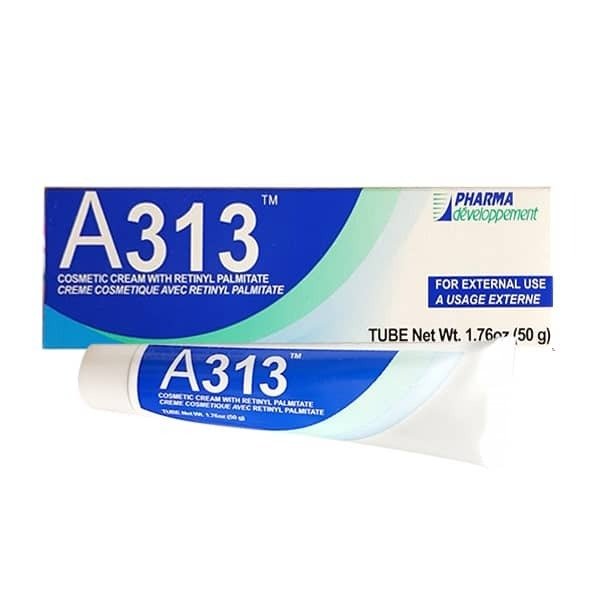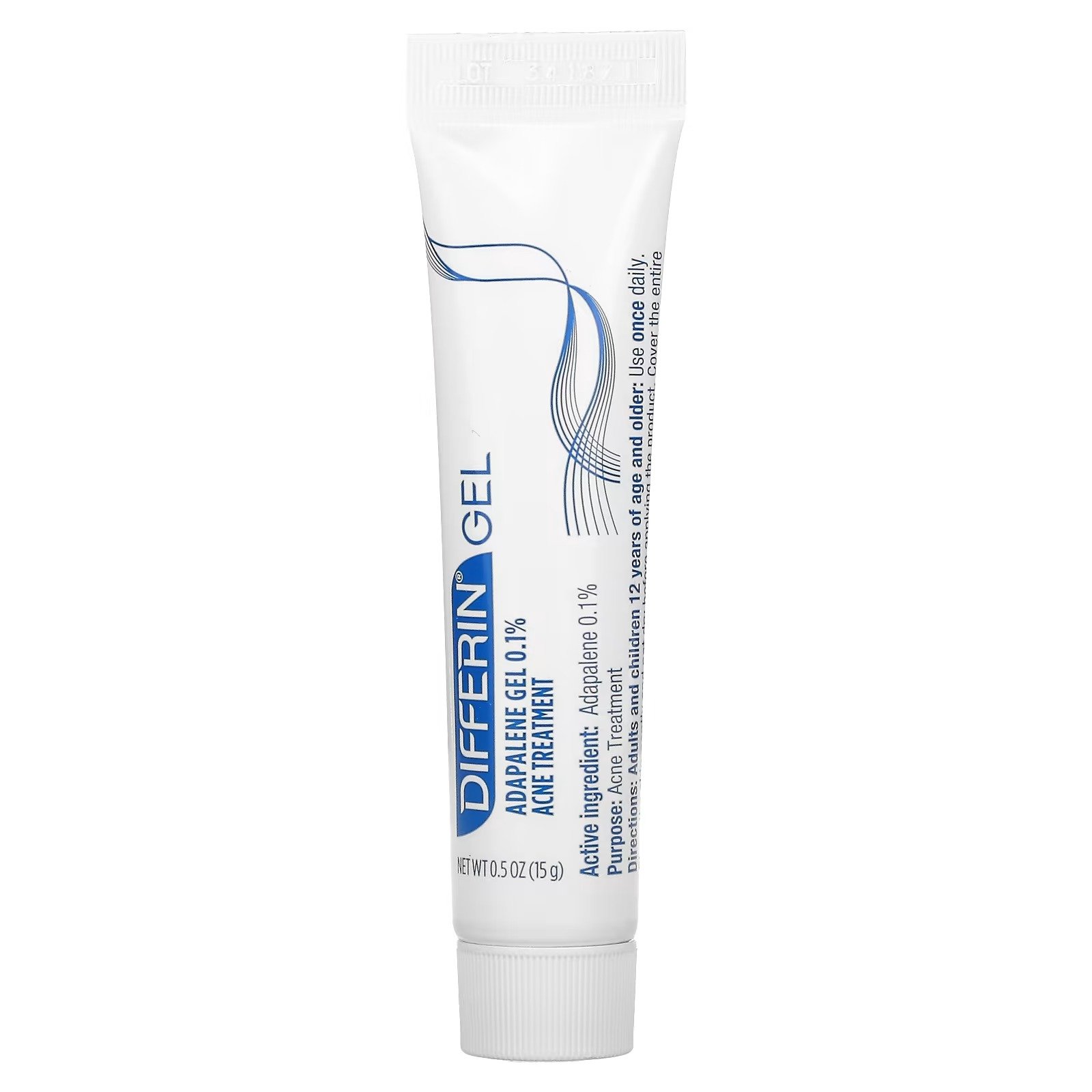5 Golden Rules to Incorporate Retinol in Your Routine
Retinol, a powerful form of vitamin A, has earned its reputation as a miracle-worker in the skincare community. It's known for its ability to improve skin texture, diminish fine lines and wrinkles, and enhance overall skin health. If you're ready to incorporate this powerhouse ingredient into your own routine, follow these five golden rules for the best results.
1. Choose the Right Type of Retinoid
Different types of retinoids may suit different users. Here’s a brief overview of some popular types of retinoids:
Retinol Esters: These are the least effective forms of retinoids but are a good entry point for beginners or those with sensitive skin.
Retinol: This is the most popular and widely marketed form of retinoid, ideal for beginners and super sensitive skin.
Retinal: A more potent and stable derivative of vitamin A, ideal for those looking for more efficacy without jumping into prescription-strength retinoic acid.
Retinoic Acid Esters (HPR): A cousin to retinoic acid with reduced irritation, perfect for those wanting to start a prescription-strength product but have sensitive skin.
Retinoic Acid (Tretinoin): The most effective form, available via prescription, for advanced users or those looking for maximum results.
2. Start Slow and Go Low
For any skin type and retinoid experience level, the key is to start with low concentration and slowly work your way up. Begin by using your chosen retinol product 1-2 times a week for a few weeks, then gradually increase the frequency to every other night, and eventually, every night if tolerated.
3. Buffering for Sensitive Skin
If you have sensitive skin or are new to retinol-based skincare, consider buffering to minimize irritation. To buffer, simply apply a thin layer of basic moisturizer or any chosen serum before applying retinol. This will create a barrier between the retinol and your skin, reducing irritation and redness.
4. Avoid Retinol on Sensitive Areas
Take care to avoid applying retinol to sensitive areas such as around the mouth and eyes, which are known to be more prone to irritation and flakiness. Instead, choose a gentler, less potent retinoid for these delicate areas.
5. Avoid Exfoliating on the Same Night
Using retinol and exfoliants, like alpha and beta hydroxy acids, on the same night can lead to over-exfoliation, causing irritation and compromised skin health. Instead, opt to use retinol and exfoliants on alternating nights, allowing your skin to reap the full benefits of each ingredient without exacerbating side effects.
6. BONUS TIP: Sunscreen!
Remember to always follow up with sunscreen the next day to protect your skin from sun damage. Now, let's discuss some product recommendations:
Retinal Alternatives
Look for products containing bakuchiol, a natural retinol alternative suitable for pregnant individuals. Brands like Ole Henriksen and Indeed Labs offer products with bakuchiol that can provide collagen-stimulating benefits.
Retinol Esters
A313, a French cult favorite, contains retinol esters that provide an instant smoothing effect. It's formulated with retinol acetate, retinol palmitate, and retinol propionate. Additionally, Glossier's Universal Pro Retinol is an excellent option for beginners and those with sensitive skin.
Pure Retinols
L'Oreal 0.3 Retinol and SkinCeuticals Retinol products are accessible and offer different concentrations. L'Oreal's encapsulated technology makes it suitable for more sensitive skin, while SkinCeuticals is a reliable option for advanced users.
Retinaldehydes
Avene's Retrinal 0.1 Cream is a yellow-tinted retinaldehyde product that includes thermal spring water, which can help reduce redness.
Retinoic Acid Esters
The Ordinary and Skin Rocks Retinoid formulations contain hydroxypinacolone retinoate, a cousin of retinoic acid. They offer lower percentages for a gentle introduction to stronger retinoids.
Prescription Retinoids
Differin (adapalene) used to be available by prescription but is now available over the counter. Tretinoin, it’s stronger cousin, is only available by prescription and provides more potent results. Tretinoin should always be used under the guidance of a board-certified dermatologist.
Incorporating retinol into your skincare routine can yield impressive results, but it's essential to proceed with caution and listen to your skin's needs. By following these golden rules and selecting the right products, you can enjoy the benefits of retinol while maintaining healthy, glowing skin.
But More Importantly is the go-to source for discovering the best beauty products to buy. Our team of experts are always researching the latest trends and items in the skincare world, so you can get tailored advice and recommendations that meet your specific needs. We cover everything from botox and fillers to peptides, summer nighttime skincare routines, top sunscreens for every skin type, and tips and tricks for dark spots. Plus, we'll keep our links updated whenever possible so you can take advantage of deals before they expire. Every product we recommend is carefully selected by our editorial team - and when you purchase an item through one of our links, we may earn an affiliate commission.

























